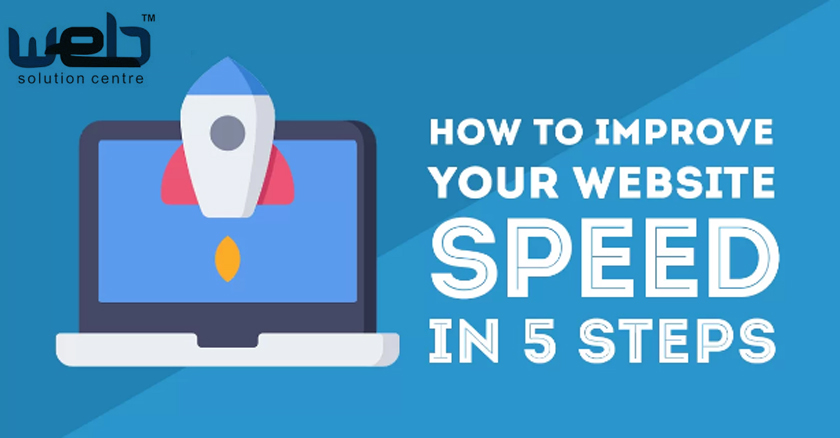
In today's fast-paced digital world, website speed and performance are crucial factors that can make or break a business's online presence. A slow and sluggish website can turn potential customers away, leading to lost sales and decreased revenues. On the other hand, a fast and efficient website can help attract and retain customers, improve search engine rankings, and boost overall brand reputation.
If you're looking to boost your website's speed and performance, look no further. In this blog post, we will explore the top 10 tips to help you optimize your website and provide your visitors with a seamless browsing experience. Whether you're a small business owner or a large corporation, these tips will help you take your website to the next level.
1. Optimize your images: One of the main reasons for slow-loading websites is large image files. Make sure to compress and resize your images to reduce their file size without compromising on quality. This will help your website load faster and improve the overall user experience.
2. Minimize HTTP requests: Each time a visitor loads your website, their browser sends requests to the server for various files, such as images, scripts, and stylesheets. By minimizing the number of HTTP requests, you can speed up your website's load time significantly.
3. Enable browser caching: Browser caching allows visitors' browsers to store certain files, such as images and stylesheets, locally on their devices. This helps reduce the load time for returning visitors and improves overall website performance.
4. Use a content delivery network (CDN): A content delivery network distributes your website's files across multiple servers around the world, reducing the distance between your site's server and the visitor's browser. This helps decrease load times and improve overall website performance.
5. Minify CSS, HTML, and Javascript: Minifying your website's CSS, HTML, and Javascript files involves removing unnecessary characters and whitespace to reduce file size. This can help improve load times and overall website performance.
6. Optimize your website's code: Clean and efficient code is essential for a fast-loading website. Make sure to remove any unnecessary code, reduce the number of plugins and scripts, and optimize your website's code structure to improve speed and performance.
7. Implement lazy loading: Lazy loading is a technique that delays the loading of non-essential content, such as images and videos, until the visitor scrolls down the page. This can help speed up your website's initial load time and improve user experience.
8. Prioritize above-the-fold content: Above-the-fold content refers to the portion of a web page that is visible without scrolling. Prioritize loading this content first to improve the perception of speed for your visitors and provide them with a seamless browsing experience.
9. Regularly monitor and optimize website performance: Use tools such as Google PageSpeed Insights and GTmetrix to monitor your website's performance and identify areas for improvement. Regularly optimizing your website can help ensure it continues to run smoothly and efficiently.
10. Choose a reliable hosting provider: Finally, make sure to choose a reliable hosting provider that can support your website's speed and performance requirements. Look for providers that offer fast servers, solid-state drives, and scalable infrastructure to ensure your website runs smoothly.
By implementing these top 10 tips, you can boost your website's speed and performance, providing your visitors with a seamless browsing experience and helping your business stand out online. If you're looking for professional website design and development services in Delhi NCR, look no further than the top website designing company in the region. With their expertise and experience, they can help you optimize your website for speed and performance, ensuring your online presence is top-notch.